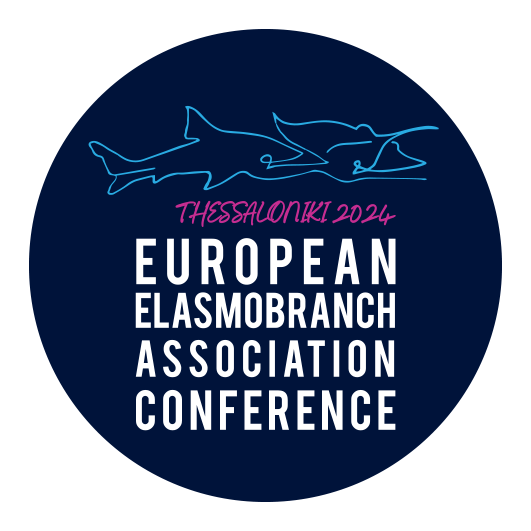Thermaikos Gulf, the largest gulf of the Aegean Sea, is located in Thessaloniki city and stretches to Larissa on the west and to Chalkidiki peninsula on the east. It is a semi-closed and relatively shallow area with a maximum depth of 45 meters. Its width ranges from 5 kilometers in its northern part, to 50 kilometers in its southernmost part. Thermaikos Gulf includes a wetland complex of estuaries, salt marshes and lagoons that provide an important habitat for wildlife and ecosystem services for the local communities and above. Four large rivers flow into the Gulf, Axios, Loudias, Aliakmonas and Gallikos, forming one of the most important ecosystems, surrounded by Kalochori lagoon, the mouth of the Gallikos river, the deltas of Axios and Aliakmonas river, the wetland of Nea Agathoupoli and the Aliki Kitrous.
The area belongs to the Natura2000 Protected Areas Network and is also protected by the Ramsar Convention, while most of the area is designated as a National Park.
The National Park covers an area of 338 sq km and 17 different habitats are recorded in it, 2 of which are Priority Habitats. Just a few kilometers away from the city of Thessaloniki, this extended coastal wetland complex of estuaries, salt marshes, lagoons and deltas combined with fields, grasslands and sand dunes create an ideal habitat and refuge for wildlife. Kalochori lagoon and the Kitrous salt marshes are by themselves important for the biodiversity.
More than 370 species of plants are observed in the area, 299 species of birds, 50 species of mammals, 27 species of amphibians and reptiles, more than 50 species of inland and marine fish and 65 species of invertebrates. Many of them are protected or threatened with extinction, while the area is of global ornithological importance, as it lies on the migration route of millions of birds, being one of the main migratory corridors of Europe.
In Axios Delta National Park many rare and protected species of birds are found, including dalmatian pelicans, flamingos, Black-tailed Godwits, swans, great and the pygmy cormorants; 66% of all bird species recorded in Greece. At the same time, mammal species inhabit the area, from bats and the Eurasian otter, to larger animals, such as buffaloes and foxes. As the area provides proper habitats, it hosts large populations of reptiles and amphibians, as well as the largest populations of the Mediterranean tortoise in Europe. The area is equally important for a large number of fish, many of which are protected.
Despite its high ecological value and its vital importance for the development of the cities around the gulf, Thermaikos has been significantly affected in the past by human interventions, while intensive activities continue to pose threat to the marine environment and the local biodiversity. The diversion of the Axios river, the creation of dams in Axios and Aliakmonas and the drainage system are some of the interventions that decisively affect the local ecosystem. At the same time, the intensive industrial, agricultural and livestock activity leads to water pollution with chemicals and heavy metals, but also to the construction of illegal facilities. Especially the case of Axios river, its pollution from urban and industrial waste that ends in the Thermaikos Gulf is a cross-border issue.
Thermaikos Gulf is also the largest mussel production area in Greece. Due to this intensive production, the waste related to mussel farming, especially plastic nets and cords, is one of the major sources of litter pollution for the area. Thus, within Plastic Busters MPAs, iSea is working in Axios Delta National Park with the aim of creating a derelict fishing gear management scheme through the active participation of mussel farmers.
Goals for 2023



The actions for preventing and mitigating litter from mussel farming in the Thermaikos Gulf continue:
Actions for 2023
Previous results & actions:
Funder







